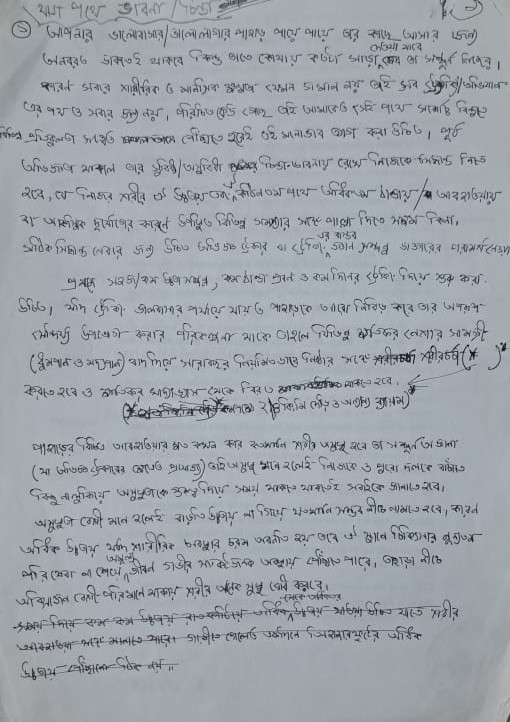Glacier: Snowfields are formed on the high parts of mountains. That snow accumulates to form ice. When the ice builds up excessively, it gradually moves down along the riverbed. These are called glaciers.
Crevasse: Crevasse is a crack in the ice within a glacier. If the rocky ground beneath the glacier is uneven, cracks form in the glacier above the high points. Such cracks also form when the glacier suddenly widens. Cracks appear in the bends of the glacier as well. Changes in the speed of the glacier also cause cracks to form.
Glacier Table: Occasionally, rocks fall onto the glacier from the walls beside the glacier. Even if the surrounding ice melts, the ice covered by those rocks does not receive sunlight. Therefore, this part of the ice does not melt easily. As a result, the ice level around it drops significantly. The rock stands on an ice column. These are called glacier tables.
Bergschrund: The crack in the ice close to the rock wall at the highest limit of the glacier is called a Bergschrund.
Glacier lake: Erosion occurs beneath the glacier due to movement and friction. This creates holes in many places. Later, if the glacier retreats due to climate change, these holes are exposed. Here, glacier water, rainwater, or melted snow accumulates to form glacier lakes.
Moraine: When glacier-transported rocks accumulate somewhere, it is called a Moraine. The common Bengali synonym is Grabarekha. These Moraines come in various types such as Terminal Moraine, Lateral Moraine, Medial Moraine, En-glacial Moraine, and Ground Moraine. Lateral Moraine and Medial Moraine somewhat resemble lines, while the others do not, such as Ground Moraine and En-glacial Moraine. Sometimes, a glacier creates a terminal moraine, retreats, and later advances again, depositing a new layer over the old terminal moraine. This is called a Push Moraine.
Moulin: In some places, beneath the snow line on the surface of the glacier, holes are formed for various reasons. Water accumulates in these holes, forming lakes. These are called moulins.
Dust-hole: Small particles of rock accumulate on the ice surface. These particles heat up slightly under the sun, melting the snow beneath and creating a hole. These holes are not very wide but are quite deep. Often, water collects inside, and dust particles settle at the bottom. These are called Dust-holes.
Ice-sickle: In many places within snowfields, especially on steep slopes, snow melts during the day and flows down as water. Sometimes, this water stream freezes again in the cold, forming snow veins that resemble ropes. These are called Ice-sickles.
Concordia: If multiple glaciers converge in a snowfield, that region is called Concordia.
Snout: The point at the edge of a glacier from where a river originates is called the Snout.
Serac: Changes in the slope of a glacier near snowfields create cracks. Even if part of the ice melts under the sun, the remaining part stands like a pillar. These are called seracs or Ice Pinnacles.
Ice-fall: If the ice slope suddenly increases in a snow-covered region, it creates an Ice-fall.
Verglas: Snow melts during the day due to sunlight. At night, the melted water freezes. This freezing forms a transparent ice layer similar to glass, creating a very slippery ice surface. This type of ice layer can also be seen on wet rocks in the early morning. This layer is called verglas. Walking on this ice surface or these rocks is very dangerous.
Cornice: If snow accumulates and overhangs on top of a mountain, it is called a Cornice.
Avalance: Snowfall causes snow to accumulate in high areas of mountains, and under its own weight, the snow descends to the edge of a cornice. Then, due to gravity, the snow suddenly falls down steep walls. This is called an Avalanche. Sometimes, the snow above cannot be held in place due to melting from sunlight, leading to an Avalanche. The likelihood of an Avalanche increases as the day progresses.
Scree: If small pieces of rock come down and spread across the slopes of a valley, these scattered rocks are called Scree.
Spur: The high points of intermediate sections of rivers descending along the slopes of large mountains are called Spurs.
Cliff: If the rock walls of a mountain suddenly drop steeply, it is called a Cliff.
Pass: The relatively lower part between two high points of a mountain ridge, through which one can climb up from one side and descend to the other, is called a Pass.



